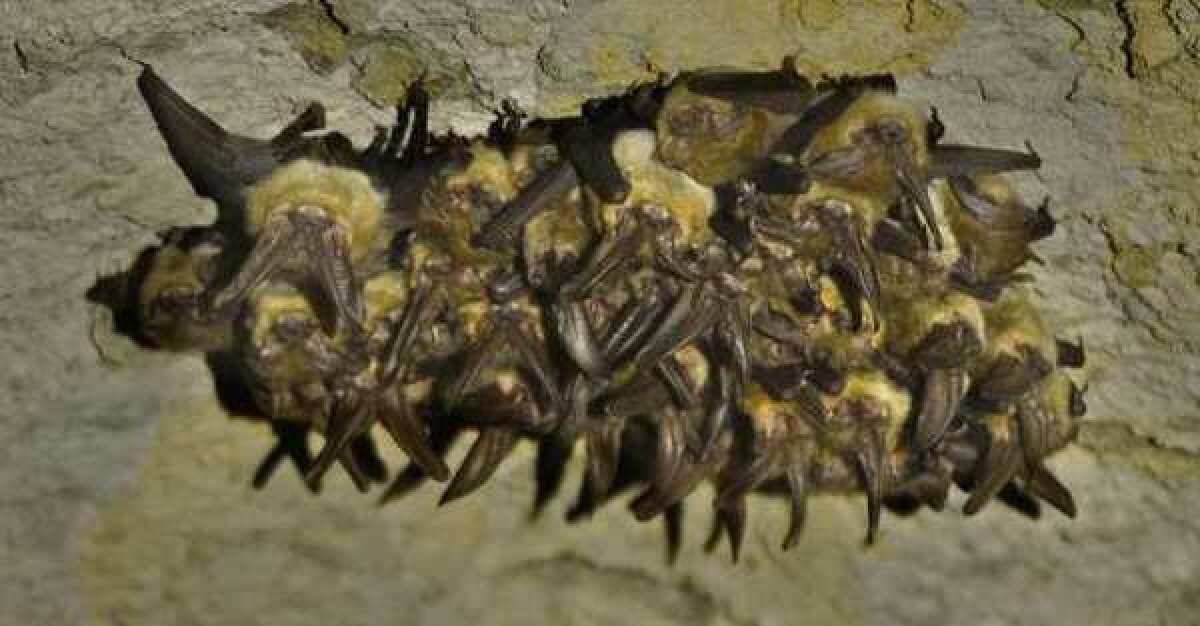Researchers report on new SARS-like coronavirus

In June, a formerly healthy 60-year-old man was admitted to a hospital in Jidda, Saudi Arabia. He had been sick with a fever, cough and shortness of breath for several days; in the week that followed he developed severe pneumonia and renal failure. He died 11 days after his admission to the hospital.
In a report published Wednesday in the New England Journal of Medicine, researchers revealed more about the man’s illness, which was caused by a previously unknown coronavirus called HCoV-EMC.
Researchers isolated the virus from mucus the patient coughed up and they sequenced its genome, discovering that it was most closely related to coronaviruses found in bats. (Coronaviruses are also found in birds, cats, dogs, pigs, mice, horses, whales and people.)
HCoV-EMC caused symptoms much like those associated with a severe flu, or severe acute respiratory syndrome (SARS), which affected more than 8,000 people over a four-month period in 2003, killing about 800. But unlike the flu or SARS, which can be highly contagious, HCoV-EMC does not appear to spread readily among people. According to the New England Journal report, none of the medical staff who treated the patient developed symptoms.
There has been one other confirmed case of HCoV-EMC confirmed, but there doesn’t seem to be any connection between the two. No other illnesses from the virus have been identified in people.
Though the newly identified virus is not a public health risk, the coauthors sounded a warning. “This case is a reminder that although most infections with human coronaviruses are mild and associated with common colds, certain animal and human coronaviruses may cause severe and sometimes fatal infections in humans,” they wrote, urging further studies to isolate the source of the virus and investigate its possible spread in the months since the first case was identified.




